There are certain experiences while solo-traveling that genuinely change you as a person. It can range from meeting people who touch your soul, overcoming difficult situations on your own, to connecting with nature, but most importantly connecting with yourself.
While traveling in Thailand, I decided to participate in a 2-day silent mediation retreat out of Chiang Mai to challenge myself and learn about something I knew little about. I researched a few different retreats, but landed on the meditation retreat workshop by Monk Chat University of Chiang Mai. During these two days of silence and practicing meditation, I was challenged to look deep within myself, which resulted in forming a stronger bond with myself than ever before. It pushed me to open my mind and heart, and taught me so many lessons that I will take with me and actively try to implement in my life forever. I highly recommend participating in this course, whether you’re struggling with anxiety, you’re over-stressed, or just want to experience something new, you will come out a changed person.
The Meditation Retreat:
Upon arrival to the mediation retreat center, we were given room assignments and had a few minutes to settle in before the gong rang for us to gather in the meditation hall for practice. Our teacher, a monk of 30 years, began by asking us to remain silent for the remainder of the retreat, as it would help us focus our minds. After a small introduction about mindfulness, the idea of impermanence, and how meditation can lead to the relief of suffering, he taught us about sitting, standing, walking, and laying down meditation, as well as techniques to calm the mind. Over the next two days, we would practice meditating, starting with five-minute intervals, and would work up to 35 minute intervals, all the while working to train what the monk called “the monkey mind.”

What That I Learned About Buddhism:
- When you see a Buddhist bowing in a temple, they aren’t worshiping: Before each meditation session, the monk led us in Buddhist chanting, which is where you bow your head in gratitude to the Triple Gem; The Buddha (The Enlightened One), The Dharma (the teachings of Buddha), and The Sangha (the enlightened community of monks, nuns). I always just thought they were praying to Buddha like a god! As the monk put it, you can’t ask Buddha for anything, he would just tell you to keep training the mind in order to achieve what you are looking to achieve. No one can eat for you, the same way no one can meditate for you or reach enlightenment for you. You must nourish your own mind, no one can do it for you!
- Eating is a necessity, not an enjoyment: Before each meal, the monk would lead us in a pre-meal chanting, as a way of expressing gratitude and a reminder of why we eat in the first place; that it is necessary to live, not for enjoyment. He asked that we only take what we need to feel full, as anything more than that is considered gluttonous and is not a necessity for life. He also suggested that we take the time to continue to practice mindfulness by observing our minds while we ate.

What I Learned About Meditation:
As a beginner, it was very difficult for me to focus at first. My mind was racing and I couldn’t get the thoughts out of my head. “Am I doing this right?” “I’m hungry, I wonder when we’re going to eat next…” “Has it been 5 minutes yet?” “My leg itches so bad…” But over the two days of learning and practicing meditation, I learned a great deal on how to calm the mind.
- Meditation is not about shutting out your thoughts and feelings to achieve a still mind: It’s about acknowledging that you’re having those thoughts and feelings and then letting them go. You must let these thoughts and feelings in so that you can recognize them, forgive yourself, and move past them.
- That nothing in life is permanent: It’s a life lesson that everyone can benefit from. From a very painful experience you don’t think you can ever overcome to something as small as an itch you think will never go away, nothing lasts forever unless you let it. During practice we were asked to refrain from giving into the temptation like fulfilling an itch or changing positions if we were uncomfortable, in order train ourselves to acknowledge the feeling and realize that nothing is permanent. And truthfully, the itch or the discomfort always went away.
- Visualization and focusing on your breathing is key to a clear mind: I started with using methods the monk had taught us, like counting beads on a Buddhist prayer necklace, as well as counting to 10 and then down from 10 over and over as I breathed deeply, in and out. I then started to come up with my own techniques that really helped me focus and keep a present mind. I became the architect of my mind, using visualization to put myself in a field of green grass, or on a soft rock next to a roaring waterfall. During laying down meditation I focused on moving energy around my body starting from my toes and working my way to the top of my head. It’s amazing how incredible you can feel after only 15 minutes of this!
- Mediation can be anything that has to do with mindfulness: Mindfulness is a mental state achieved by focusing ones awareness on the present moment, while calmly acknowledging and accepting one’s feelings thoughts and bodily sensations. Meditation can be observing your actions while drinking a cup of tea; smelling the tea, feeling the warmth of the tea as it moves down your throat into your tummy… It’s a stream of observations, becoming more aware of your surroundings and yourself.
- Remaining silent really does lead to a clearer mind: It was the longest I’ve ever gone without talking to anyone else ever in my life. During that time, I was more aware of my feelings, thoughts, actions and even my surroundings more than I ever have been before. It’s truly amazing what you start to realize when you close your mouth and open your mind.

Three Things The Monk Said That Really Resonated With Me:
- We as a society spend so much time, money and effort on our studies, and we become masters of all of these different subjects, but barely take the time to study our own minds. We can solve a world problem, but we can’t even understand our own emotions.
- We all spend so much time taking care of our bodies. We go to the gym, we try and eat healthy, we get massages, manicures, and facials, but we don’t spend any time taking care of our minds.
- Our mind is like an overworked computer. When there are too many programs open, it gets overloaded and either freezes or malfunctions. We need to shut down and re-start sometimes. We all need a break!

Want to participate in the same retreat? Below is some helpful information about the program!
When Are The Retreats?
The one-day meditation course runs on Friday weekly. The two-day course runs Tuesday to Wednesday weekly.
How Do I Sign Up?
You can email, call, or walk into their office in Chiang Mai, but you will need a reservation in advance. I found email to be the easiest, and they were very timely in getting back to me.
E: thaimonkchat@yahoo.com
P: 0846091357
Where Do I Meet For The Retreat?
Monk Chat University is located at Wat Suon Dok, which is an easy 30-minute walk from the center of The Old City. You can also take a songthaew that will take about 10 minutes from The Old City.
Physical Address: Wat Suan Dok Suthep rd. Muan. Chiang Mai. Thailand.
How Much Does It Cost To Participate:
The cost is 500 Thai baht ($14), which covers transportation to and from the meditation retreat (which is about a 40 min drive outside of the city), three meals, and accommodation at the retreat center. Although they provide accommodation no matter what, a donation is highly encouraged, as the fees they charge really only cover food and transportation.
What Do I Wear?
You can bring your own white, loose fitting clothes for the meditation retreat or pay 300 Thai baht ($8) for a branded t-shirt and white pants. I love my “mindfulness” t-shirt and wear it to sleep all the time!
Is There Anything Else I Need To Bring?
Yes! Bring a copy of your passport for their records and bring an open mind to start learning about a new way of thinking!

Wander On,
Wanderluluu xx

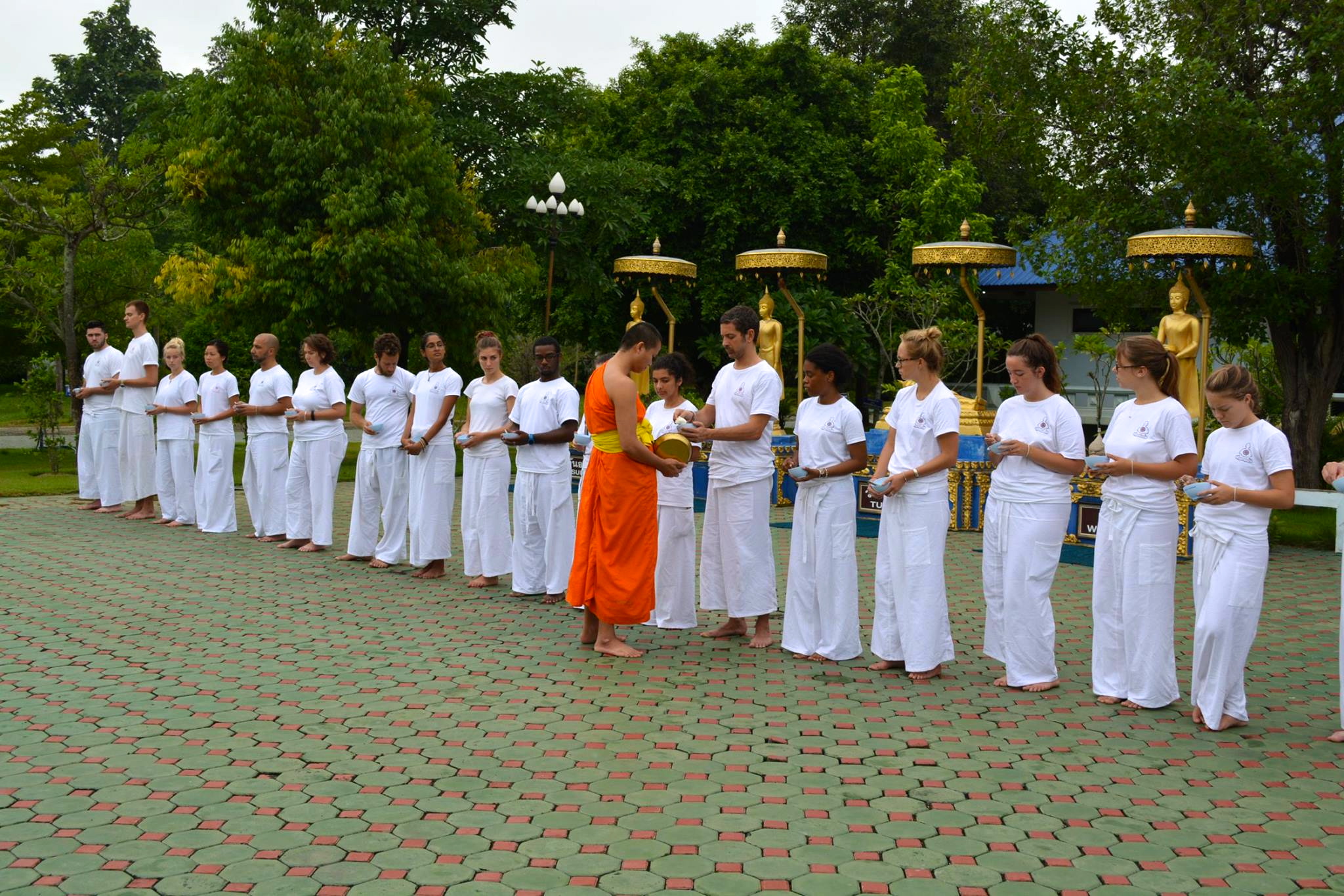
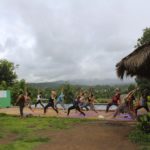

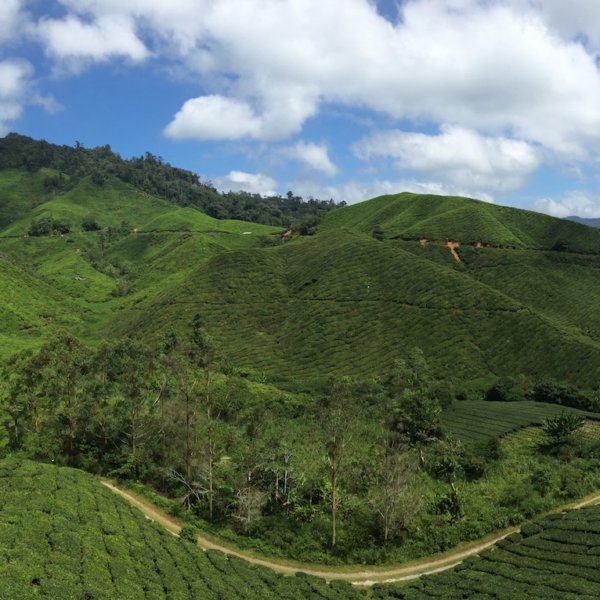
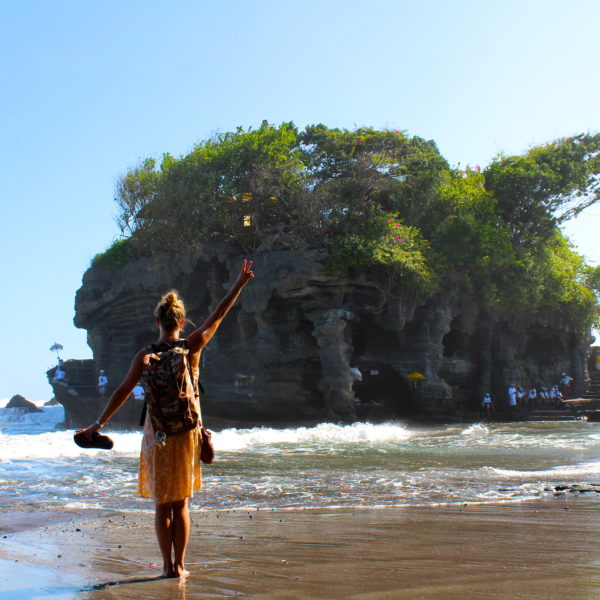

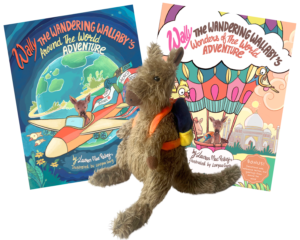


6 comments
Rajasegaran
Hai.. I’m Coming chiang mai on 12 November.. I want learn meditation for 2 day.. Where is the place and who must I see
Lauren Mae Pelkey
Hello & thanks for reaching out! I would recommend visiting the Monkchat website page: http://www.mrlearnning.com/ They have contact info, a map of where the retreat center is and some retreat dates coming up. Let me know how your experience goes!! Enjoy every minute in Chiang Mai 🙂 Happy Travels xx
Tipaporn Visessuk
Can I bring my son to retreat .he is eight years old ?
Lauren Mae Pelkey
I don’t remember seeing any children on the retreat I went on but I would recommend reaching out to them directly to ask – thaimonkchat@yahoo.com. Let me know how it goes!!
Kirk Watson
Cheers for the blog from three years ago haha, just booked this:) Looking forward to it.
Have fun
Kirk
Lauren Mae Pelkey
Hey Kirk! Glad it’s still providing value three years later!! haha! Let me know how it goes 🙂